From Triathlon to Ultra Running: My Journey

- Tri bike investment: $6,000+
- Power meter pedals: $750
- Cycling computer: $300
- Race travel costs: $2,500+ per event
- Minimal equipment: lace up and go
- Train anywhere, anytime
- Travel ready: pack light, fly anywhere
- Financially accessible, socially inclusive
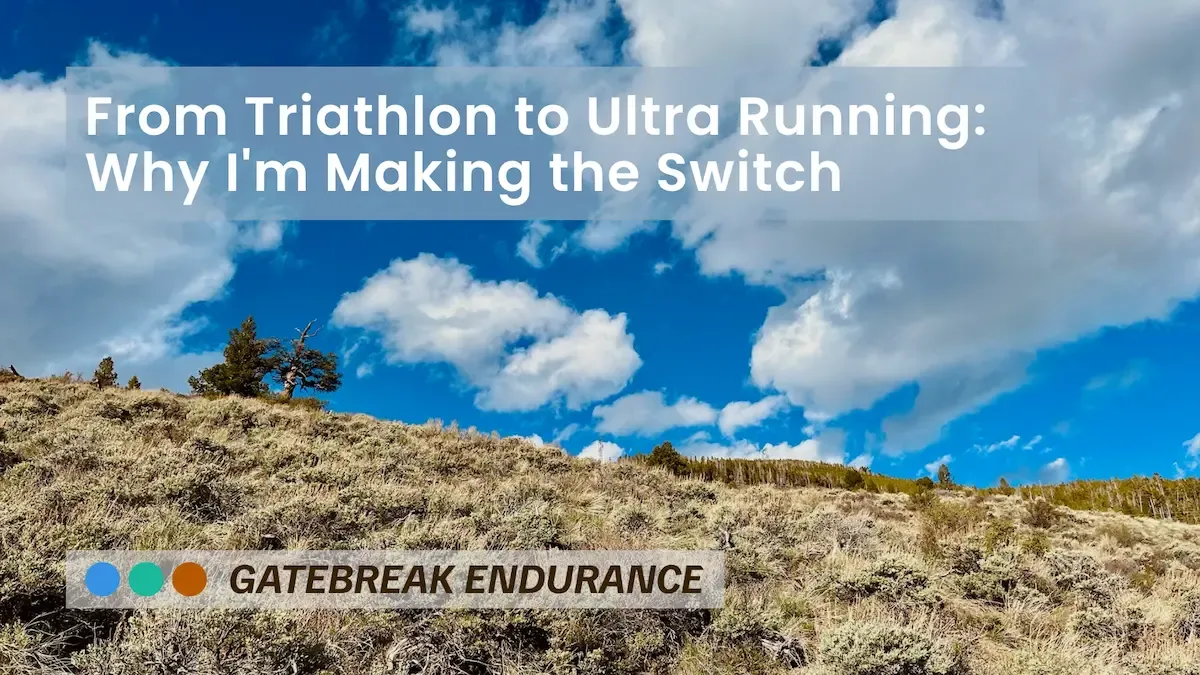
IN THIS ARTICLE
When the rear derailleur on my brand new, $6,000 Canyon triathlon bike exploded into two pieces during a routine training ride, I knew something had to change.
Two weeks of waiting for warranty responses, a $400 out-of-pocket repair bill, and Canyon Bike customer service’s eventual generic “that’s not our problem” response made the decision easy.
Standing in my garage, staring at a bike worth more than my car, complete with its $300 plastic water bottle masquerading as an “aerodynamic hydration system,” I realized I was paying exorbitant prices to participate in an equipment arms race. That's when I decided to walk away from triathlon entirely and run back to ultras.
My Triathlon Background
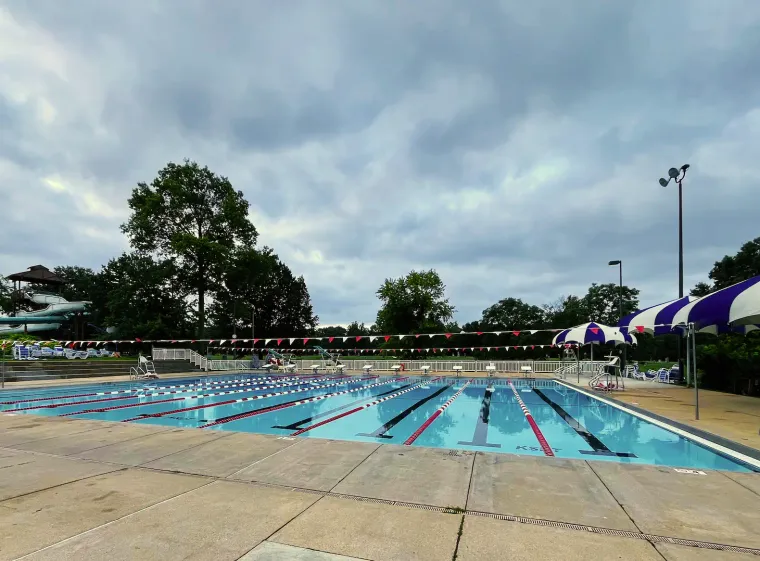
I spent my childhood and teenage years on two wheels, embarking on rail-trail expeditions and scouting out dirt jumps in the woods. I picked up road cycling in my late teens, and have been hooked since.
During college, I added running to my repertoire. Enveloped in the “barefoot running” craze, I embraced the burgeoning trail running scene and began adventuring through the woods on two feet instead of two wheels.
After school, my free time dwindled and I become engrossed in demanding tech start-up roles, writing software and building products used by millions. As the expectations of my roles grew, my time outdoors plummeted. My health and fitness faltered, and I began to all too familiar pilgrimage from desk jockey to weekend warrior.
After struggling through a few painful trail races, I revisited an old goal: triathlon.
What started as a single sprint triathlon quickly became an obsession. Why master one sport when you could master three?
The Equipment Spiral Begins
I threw myself into the deep end immediately. My winter training setup evolved from casual rides to a full indoor cycling laboratory. I tested every platform available, Rouvy's realistic video routes, TrainerRoad's structured workouts, Zwift's gamified social riding, and the new-to-the scene TrainingPeaks Virtual. I eventually settled into a routine that had me logging 5-10 hours per week on the trainer through the dark and cold Illinois winter.
The equipment spiral was inevitable. My $200 Facebook Marketplace bike find, which had served me well for years of casual riding, felt inadequate.

My inner voice justified the upgrade to a $6,000 Canyon triathlon bike, “I”m serious and ready to go all-in.” Power meter pedals followed ($750), then a proper cycling computer ($300), then the endless parade of kit: helmets, tri-suits, and shoes.
Swimming: From Disaster to Success
Swimming presented the steepest learning curve. I knew how to swim, but I didn’t know how to swim.
Those early sessions left me with pounding headaches and a neck so stiff I couldn't turn my head for days. Countless hours in the pool transformed my neck-destroying stroke into something approaching efficiency (shoutout to the Effortless Swimming YouTube for saving my neck).
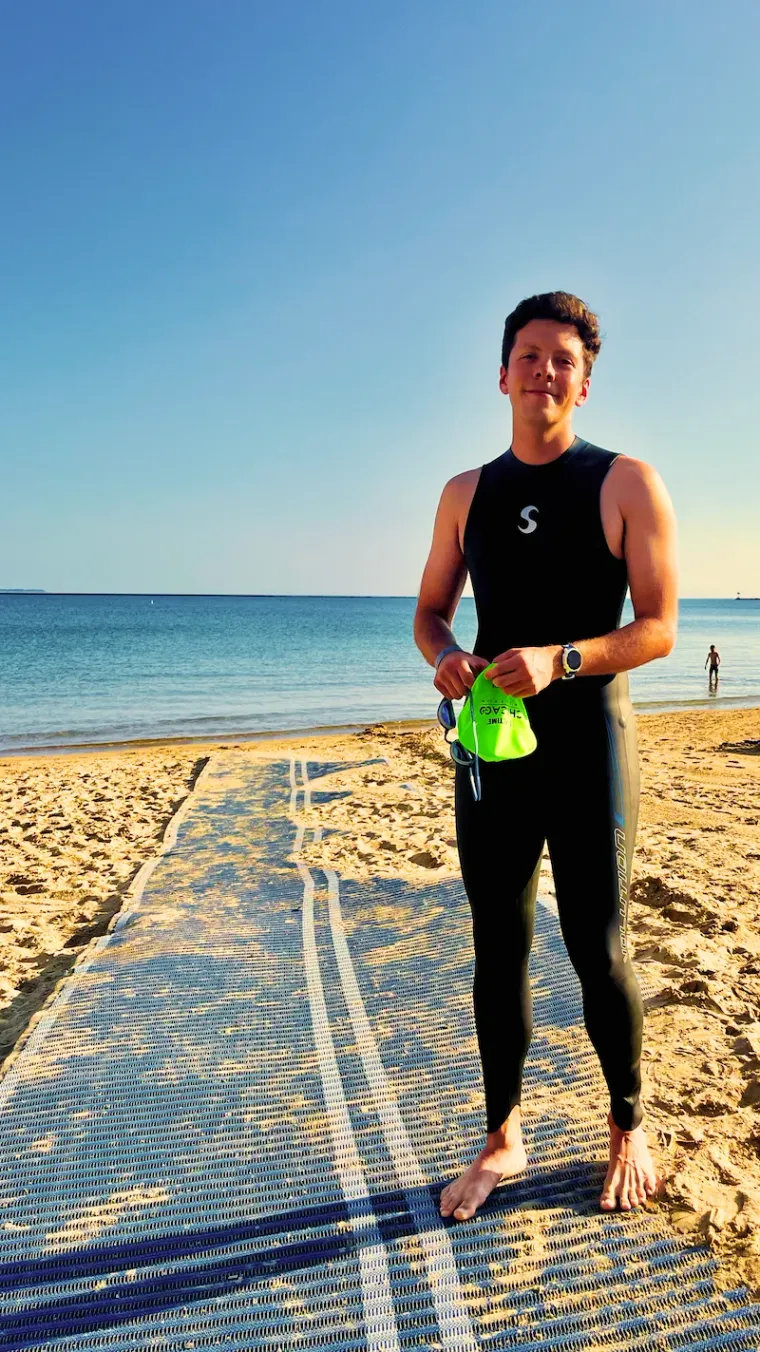
Progress is addictive. Watching my 100-yard splits drop to a respectable 1:40 felt like unlocking a superpower I never knew I had. Some laps felt fast, and I actually began looking forward to my pool sessions.
Strategic Running Approach
Running, ironically, took a backseat. Despite being my strongest natural discipline, I traded miles on my feet for hours on the bike and in the pool. My running became surgical. I incorporated only a few sessions per week, emphasizing speed work, hill repeats, and strategic endurance runs while prioritizing injury prevention above all else.
My training peaked perfectly for a planned 70.3 debut, with dreams of a full Ironman distance race dancing in my head. I could walk out the door and race 70.3 miles tomorrow. My fitness was there, my equipment finally dialed, and my confidence was sky-high.
Then my derailleur exploded, and everything changed.
From Triathlon to Trail Running
While my aero triathlon bike’s derailleur explosion proved to be the last straw, it wasn’t the first. My decision to shift my focus from triathlon to trail and ultrarunning events stems from a few key challenges with being a Midwest-based triathlete.
Geographic Reality Check
Living in the Midwest presents unique challenges for triathlon training and racing.
Let’s be honest: open water swimming in central and southern Illinois is abysmal.
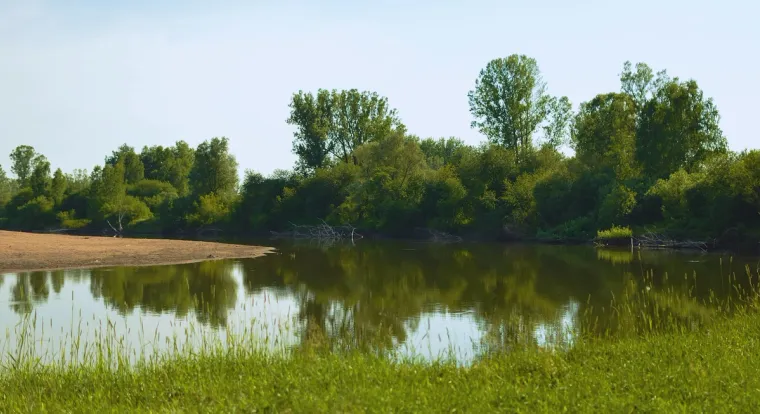
Many of the local lakes are artificial, hot, and murky. It’s hard to get excited about triathlon swims in water with 12-inch visibility and quality questionable enough to make you think twice about putting your face in it.
Hot take: standing on a podium isn’t worth the potential for death-by-brain-eating-amoeba.
That makes traveling for higher quality water a strong desire. But, that too comes with serious trade-offs.
The Great Lake region triathlon events require 5-10 hours of driving. Ocean swims require a 12-15 hour road trip minimum.
This geographic isolation turns every race into a major expedition. Picture cramming a large dog, two full-sized humans, a triathlon bike, and race gear into a small car. We'd literally need to buy a minivan to make it work logistically.
Flying to races sounds appealing until you calculate the true cost: airfare, bike transport fees, a bike-suitcase, bike reassembly stress, lodging, and race entry fees that easily hit $1,000 for Ironman events. A single race weekend can cost $2,500+ before you even toe the start line.

Meanwhile, trail running opportunities are everywhere. I can step out my front door and be on running on a trail in minutes. There’s even a backyard ultra in my town - I could ride my bike to the start line. There’s an active race director who hosts events every other month, and dozens of other events within a few hours drive.
And, if I really want to get adventurous and travel to race, it doesn’t involve schlepping a bike to do it.
Safety and Practicality Concerns
Maybe my frontal cortex’s development is to blame, but it feels like cycling outdoors has become increasingly dangerous. Protected bike paths offer some refuge, but the reality of training requires venturing onto roads where distracted drivers turn every ride into a calculated risk.
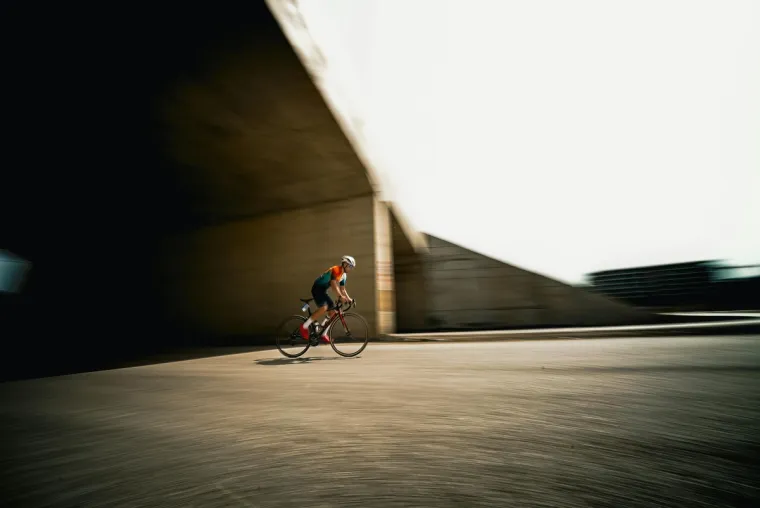
19 year old me: will risk life to Strava KOM
33 year old me: might risk life for Strava KOM
There’s a key difference between then and now. My life has too many dependencies to make risking it on a training ride a responsible decision. But, I still want to lay down the power and go for gold.
Indoor training solves the safety issue but creates its own problems.
Spending 5-10 hours per week in my basement, staring at a screen while pedaling nowhere, lost its appeal quickly. No amount of Zwift gamification could replace the joy of actually moving through the landscape. And realistically, I can only watch so many hours of HBO before that starts to feel like a second job.
Pool access added another layer of complexity. Limited facility hours, crowded lap lanes, and the constant scheduling dance around work and family commitments made consistent swimming particularly challenging.
When your sport requires three different venues (a lap pool, safe cycling routes, and decent running routes), expensive gear (cycling === $$$$), and requires the hours of a part-time job, something has to give.
The Complexity Tax
Have you tried balancing three sports while working full-time, spending time with your family, maintaining relationships, and honoring your extracurricular commitments?
Have you tried doing all of that while cooking nutritious meals and getting enough sleep to adequately recover?
It’s exhausting. And for long-course triathlons, it’s a borderline impossible balance. There simply are not enough hours in the day.
Each sport demands specific equipment, different training environments, and unique skill development.
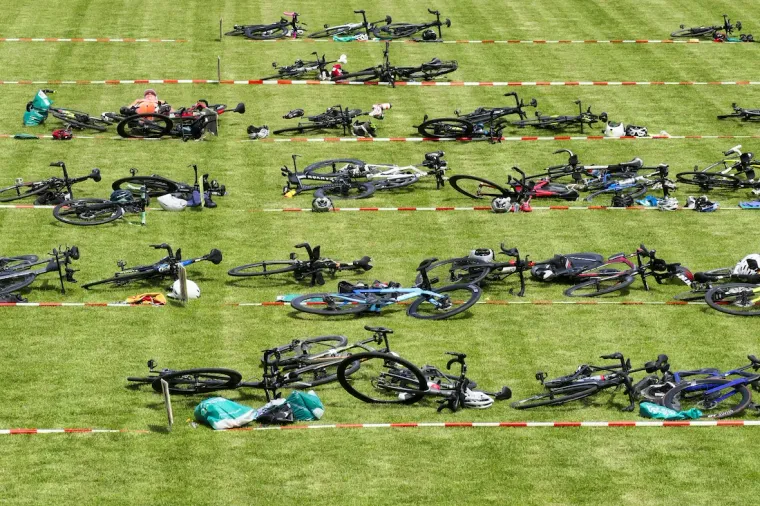
If you’re flush with time and money, by all means, dig into triathlons. For the rest of us, choose wisely. My $6,000 bike and thousands in cycling gear represented an investment that could fund years of ultra running adventures instead.
Triathlon requires a relentless maintenance overhead. Between the bike tune-ups, equipment failures, equipment upgrades, laundry, and general gear management for three sport, it felt like managing inventory for a small sporting goods store.
Don’t get me started on the challenge of buying and selling used triathlon bikes!
Do you like meeting up with strangers on the internet to make multi-thousand dollar exchanges? What do you think about packaging a bike for shipment and crossing your fingers that it arrives intact?
When my derailleur exploded, I realized I was spending more mental energy on equipment management than actual training.
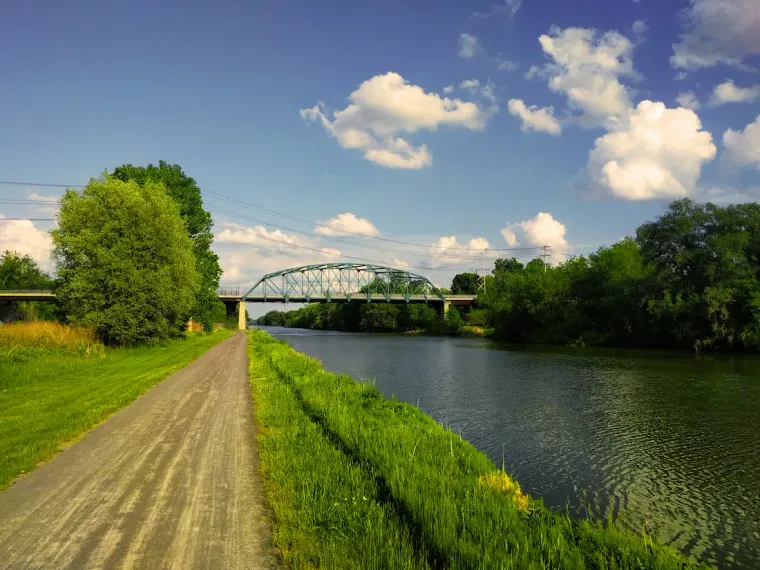
Running strips away all of that complexity. One pair of shoes, minimal gear, and the ability to train anywhere, anytime. No bike shops, no pool schedules, no equipment failures that derail entire training blocks. The simplicity is liberating.
More importantly, running reconnected me with why I started exercising in the first place: the joy of moving through nature, exploring new places, and testing my limits without the mediation of complex equipment. Standing on a trail at sunrise, watching the world wake up around me, reminded me that the best adventures happen when you actually manage to walk out your door and go.
Why Trail Running Appeals to Me
Adventure Without the Logistics Nightmare
Trail running and ultra events promise something triathlon never could: the ability to chase adventure without a support crew and equipment trailer.
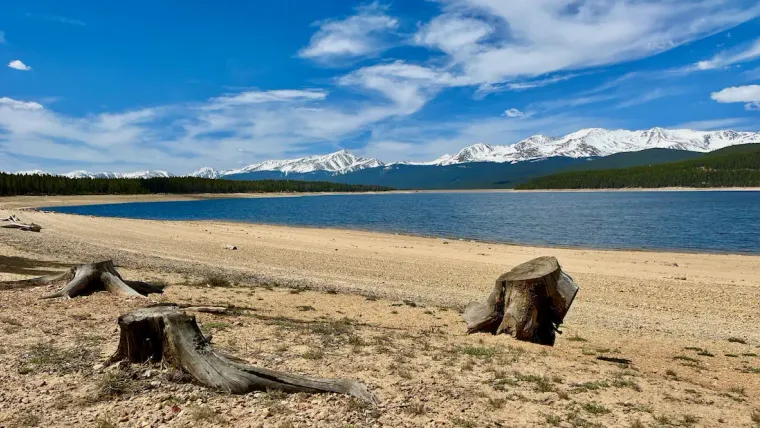
Want to run in the Colorado Rockies? Pack light, fly out, and rent a car. No bike cases, no reassembly stress, no praying your derailleur survives Southwest’s baggage handling crew and climb to 43,000 feet.
The ease of travel makes racing in other biomes possible rather than impractical. The thin air, vertical gain, and technical single-track make the dreams of mountain racing accessible. For every big name race and lotteries, like Leadville and Western States, there are a dozen other unique events hosting challenging courses through remarkable scenery.

But there’s another beauty in focusing on trail running and ultra marathons: I don't need mountains to train effectively or find amazing racing opportunities.
Thriving Midwest Ultra Scene
The Midwest ultra running community is robust and welcoming. The Ice Age Trail 50, one of the oldest continuously running ultras in the country, offers a course where you'll "run in dense deciduous forests, under tall pines, over rocky ridges and across open prairies" while experiencing geological features left by retreating glaciers over 11,000 years ago.
Events like the Hennepin Hundred provide flat, fast racing perfect for first-time ultra attempts or PR chases. Ornery Mule Racing epitomizes "Midwest trail running at its best! Kindness, community & ordinary people doing extraordinary things" with events ranging from one mile to 100 miles. I’m running the 50km distance in a few weeks.
And then of course, there's literally a backyard ultra in my town, where I can bike to the starting line.
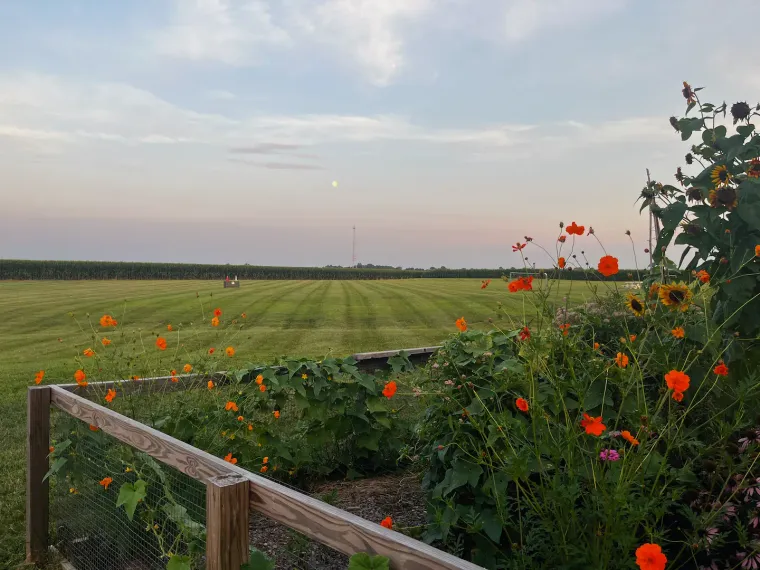
With over a hundred ultra running races in the central Midwest alone, the regional opportunities are endless, and the travel logistics are simple: throw shoes in a bag and drive a few hours.
Simplicity Meets Lifelong Challenge
Ultra running strips away complexity while amplifying challenge. The equipment requirements are minimal—good shoes, basic nutrition, weather-appropriate clothing. No power meters, no bike fit sessions, no equipment failures that can derail months of training. Just you, the trail, and a “relentless forward progress.”
This simplicity extends beyond gear to the fundamental nature of the sport. Running is primal, accessible, and sustainable. Humans have been doing it for thousands of years. You might even go so far as to say that we’re “Born to Run.”
Barring injury, I can envision running well into my later decades (legs willing). I can’t rule out triathlon forever, but I can confidently say that it’s time to step away for now.
Over the coming year I plan to tackling the most common ultra running distances, documenting the training journey and race experiences here on Gatebreak Endurance. I’m looking forward to the 50K in a few weeks, we’re I”ll further dial in my pacing and nutrition. The 50-miler where I can dig into the “pain cave” and test my mental fortitude. And the 100-miler, which seems to push you into territory where finishing becomes an existential question rather than a fitness benchmark.
Trail running connects me with why I fell in love with endurance sports in the first place: the moving meditation, freedom to explore, and moments of deep introspection when you refuse to quit. Standing on a remote trail at sunrise, miles from the nearest road, represents freedom that no indoor trainer or crowded pool can replicate.
What’s Next
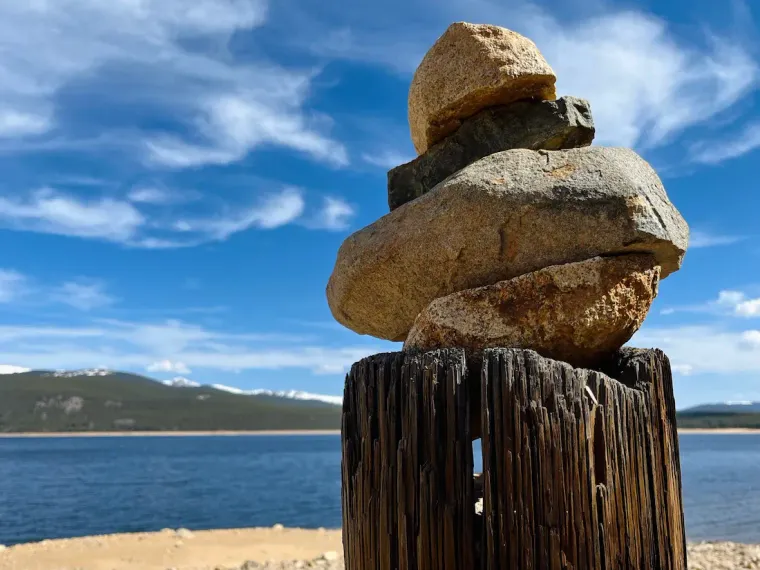
Building Expertise Through Experience
I’ve been running and cycling for a long time. I’m not changing sports. I'm focusing on what I know best.
But there's always room to deepen that knowledge and remain a student of the sport.
Over the next year, I'm embarking on what I call my "self-guided masters degree" in endurance physiology and sports nutrition. While training for progressively longer ultra distances, I'll be diving deep into the academic literature, studying everything from lactate threshold adaptation to gastrointestinal distress management during ultra-endurance events.
I plan to put my learning to the test with citizen science and “n=1” studies.
I’m treating this as a self-guided masters degree in endurance performance & nutrition. I’ll be using the trail as my lab and myself as a test subject.
Real-Time Learning Documentation
I'll be documenting every experiment, failure, and breakthrough as they happen.
You'll see both sides of this journey unfold here on Gatebreak Endurance.
I'm not pretending to have all the answers yet, but I will be looking for them. That's what makes this exciting. I'll share detailed training logs and race reports with a blunt, honest assessment about what works and what doesn’t. Expect deep dives into the recent research that I’m evaluating and applying through deliberate practice and systematic experimentation to fine-tune my ultra running training & racing.
Let's Build Something Together
If you're making a similar transition, dealing with endurance nutrition challenges, or just curious about the intersection of engineering thinking thinking and athletic performance, I'd love to help.
I'm taking on a limited number of coaching clients as I build my expertise. Think of it as collaborative learning where we figure out what works together.
Whether you need help structuring training for your first ultra or want to optimize your fueling strategy for longer distances, reach out. My background leading teams, mentoring colleagues while designing complex systems and products brings a unique perspective to endurance coaching.
Follow the Journey
The best way to stay connected is through my newsletter, where I share training insights, research breakdowns, and honest race reports. You'll be the first to know when I discover something that actually works (or when I crash and burn spectacularly).
Let's see where this trail leads.
The Journey of 100 miles Starts with a Single Step
The transition from triathlon to ultra running isn't just about changing sports.
It's about rediscovering what drew you to endurance athletics in the first place. The simplicity of lacing up shoes and heading out the door eliminates barriers that can accumulate around sports like triathlon (okay, maybe anything is simpler than triathlon).
The trail doesn't care about your power meter readings or your bike's aerodynamic profile.
Whether you're questioning your own equipment-laden pursuits or considering your first ultra, remember that the best training happens when you actually get out there and move.
If this resonates with your own endurance journey, I'd love to hear about your experiences. The ultra running community thrives on shared stories, honest failures, and celebrating the simple joy of putting one foot in front of the other.
